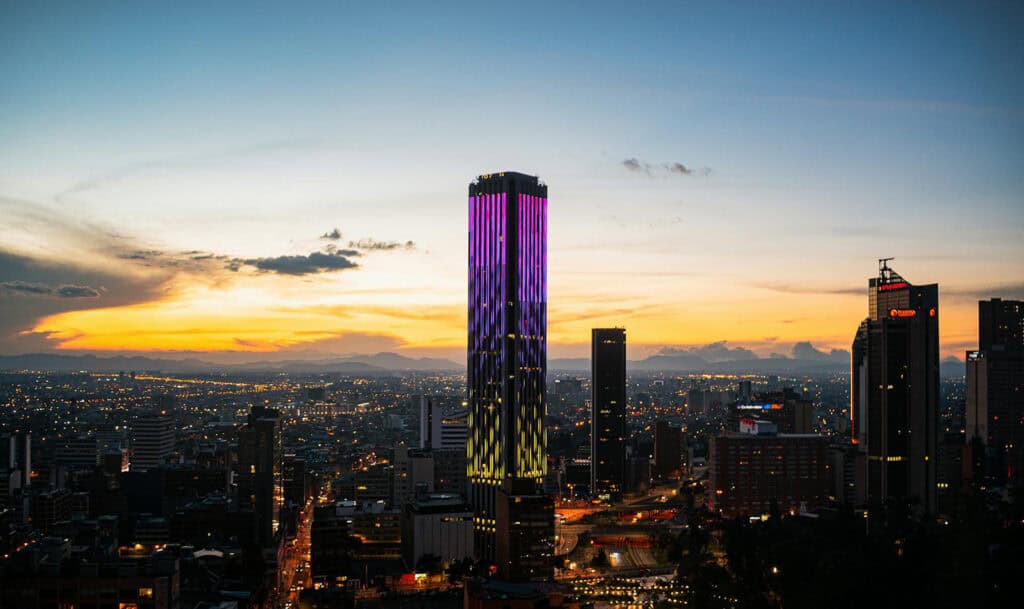
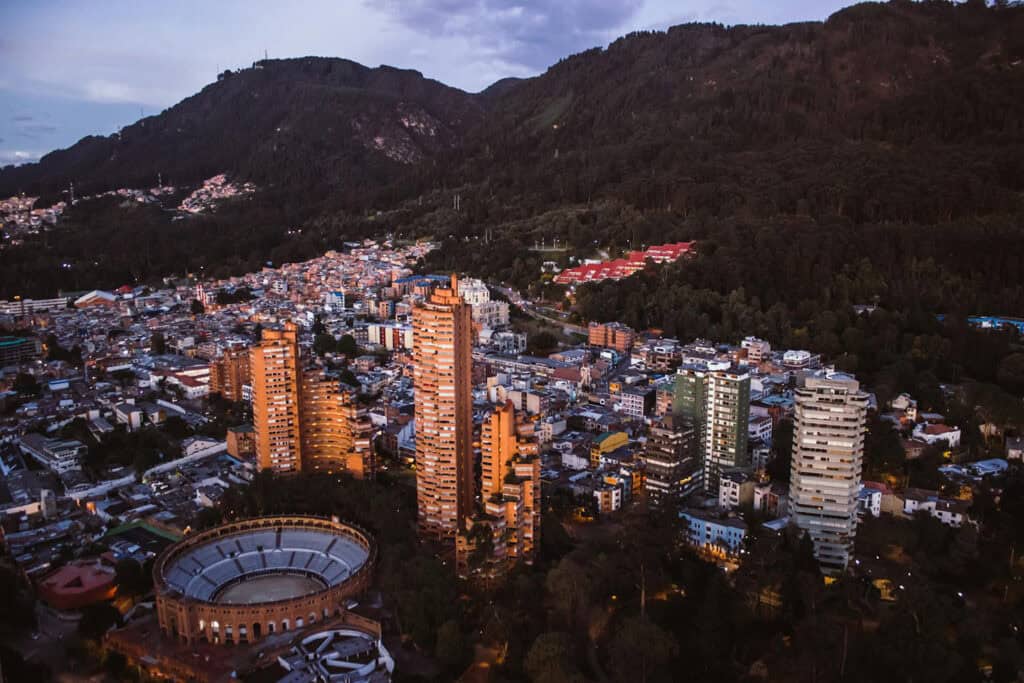

Are you eager to explore a world where rich history meets modern innovation in architectural design? As an architecture enthusiast or professional, you deserve insights that not only educate but also inspire. The journey through Colombia’s architectural wonders is both captivating and enlightening, and you’re not alone in your quest for discovery.
At Landmarks Architects, we understand the thrill of uncovering unique and breathtaking structures. With years of experience in showcasing global architectural marvels, we’re here to guide you through Colombia’s most iconic buildings, from ancient pre-Columbian sites to contemporary masterpieces.
In this article, we will cover:
- Exploring pre-Columbian architecture and its historical significance
- Discovering colonial gems and their blend of cultural influences
- Appreciating the elegance of Republican-era buildings
- Investigating the ingenuity of modern and contemporary architecture
- Unveiling unique and iconic structures that define Colombia’s landscape
Ready to start a journey through time and innovation? Continue reading to discover how you can experience the architectural heritage and modern wonders of Colombia.
By following our expert insights, you’ll be well on your way to appreciating the stunning and diverse architecture that makes Colombia a must-visit destination for any architecture lover.
See Also Famous Buildings in Colombia
Pre-Columbian Architecture
Pre-Columbian architecture in Colombia dates back to the pre-Columbian era, before the arrival of the Spanish in the 16th century. The architecture of this period is characterized by the use of stone, adobe, and wood for structures such as temples, tombs, and housing units.
1. Ciudad Perdida (The Lost City)
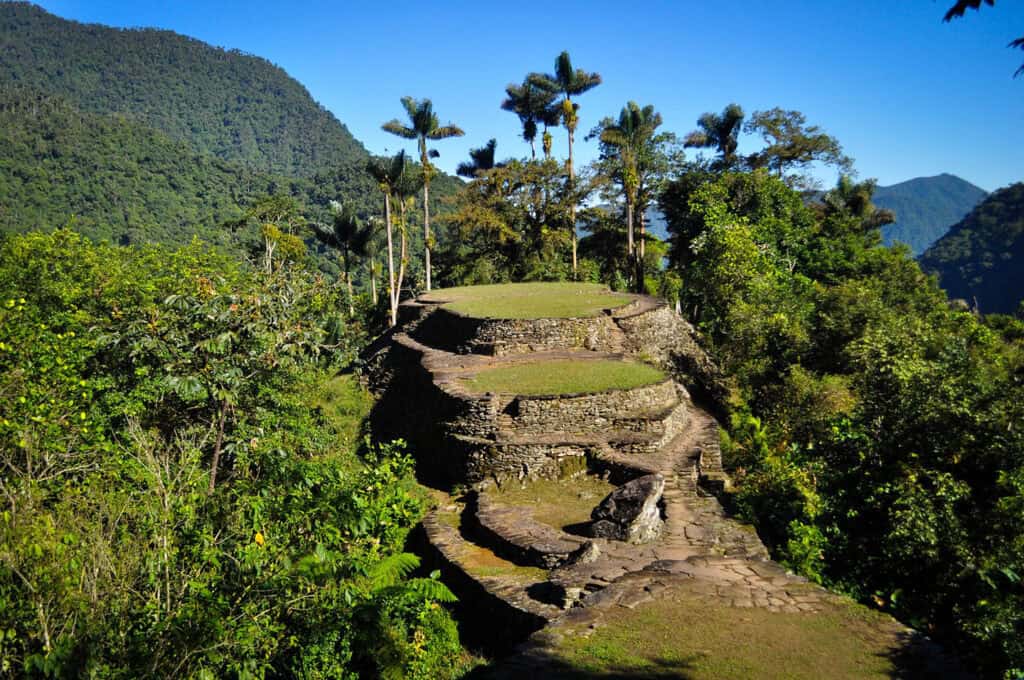

One of the most famous examples of pre-Columbian architecture in Colombia is Ciudad Perdida, also known as the Lost City. Located in the Sierra Nevada de Santa Marta, Ciudad Perdida was constructed by the Tayrona civilization around 800 AD. The site consists of a series of terraces, plazas, and staircases, and is believed to have been a political and religious center for the Tayrona people. The site was declared a Colombian National Monument in 1982 and has been the subject of ongoing preservation and research efforts.
Colonial Architecture
Colombia: The Colonial Cities – Bogota, Cartagena.
Colombia’s colonial architecture is a reflection of the country’s rich history, fusing indigenous, Arab, Spanish, and African influences. During the colonial era, churches, houses, squares, and fortifications were constructed, creating a unique urban landscape that is still evident to this day.
2. Cartagena’s Walled City (Ciudad Amurallada)
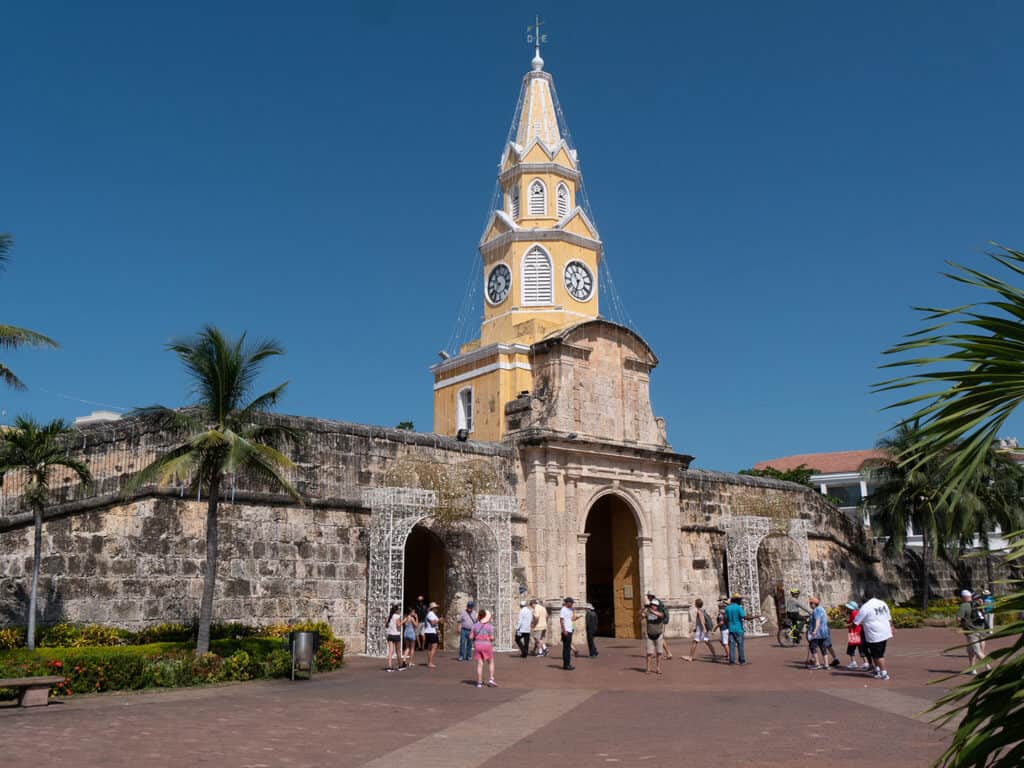
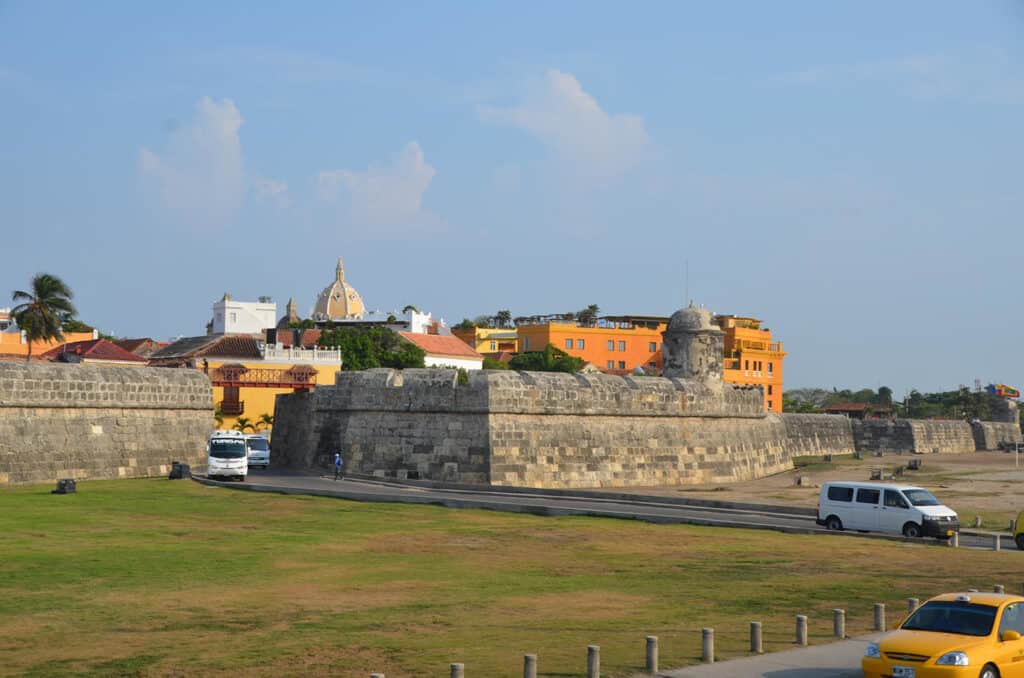
The Walled City of Cartagena is indeed one of the most famous examples of colonial architecture in Colombia and is a UNESCO World Heritage Site. The city walls were built in the 16th century to defend against pirates and invaders. Within these walls, visitors can explore many well-preserved colonial structures, such as the Cathedral of Cartagena, the Palace of the Inquisition, and numerous other historical buildings.
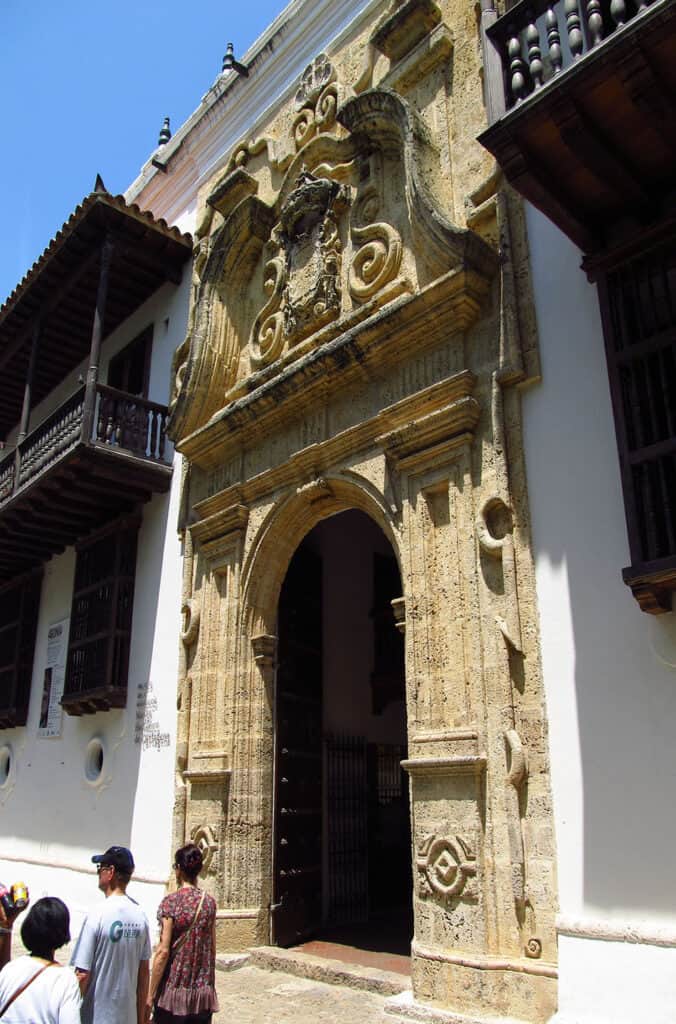

See Also Famous Buildings in Spain
3. Santa Cruz de Mompox

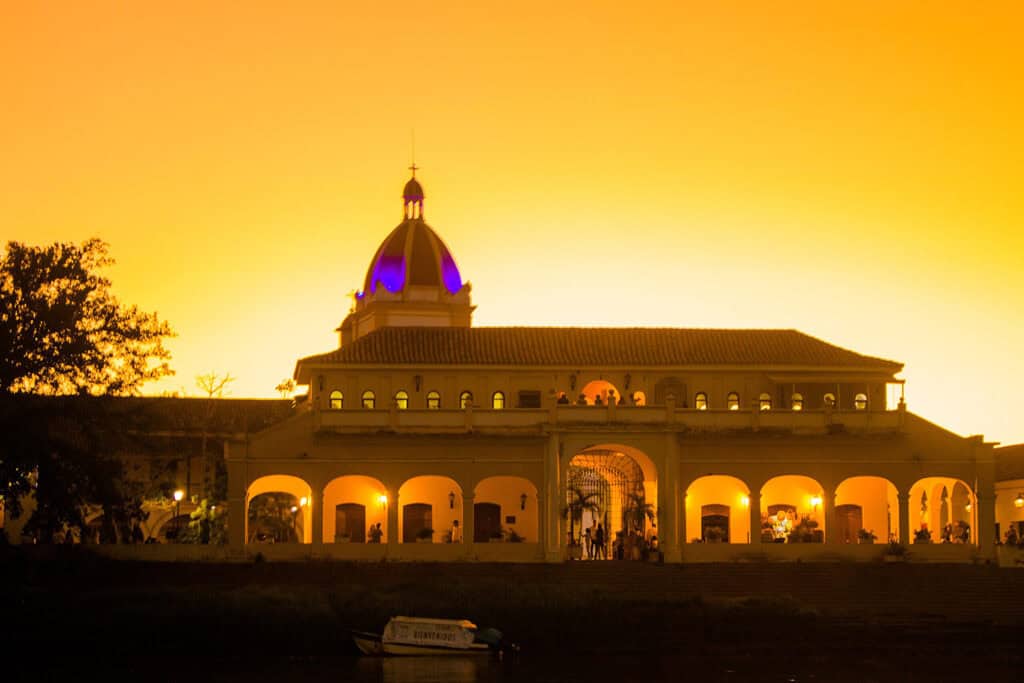
Santa Cruz de Mompox, located on the Magdalena River in Colombia, is renowned for its well-preserved colonial architecture. As an important trading center during the colonial period, the town’s architecture blends various styles including Spanish colonial, Arab influences brought by the Moors, and indigenous architectural elements.
Republican Architecture
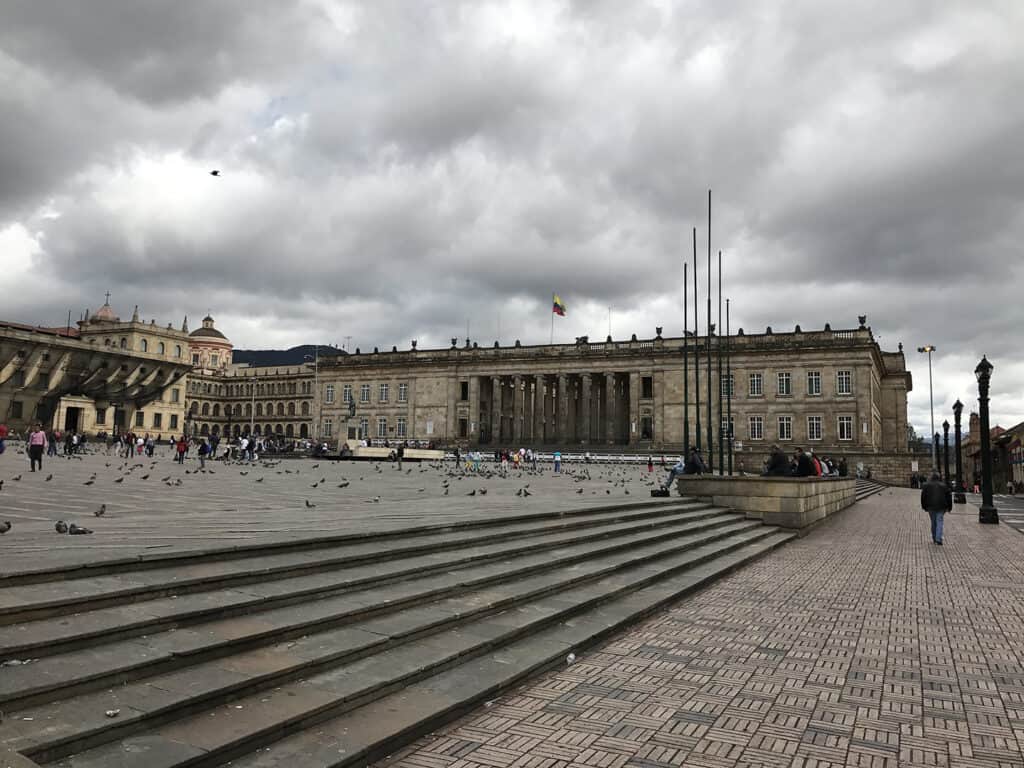
During the Republican Era in Colombia, which began in the 19th century, Bogotá’s architecture underwent a significant transformation marked by the emergence of the Republican style. This architectural style blended European neoclassical and baroque influences, reflecting the aspirations of the newly independent nation.
4. Capitolio Nacional (National Capitol)
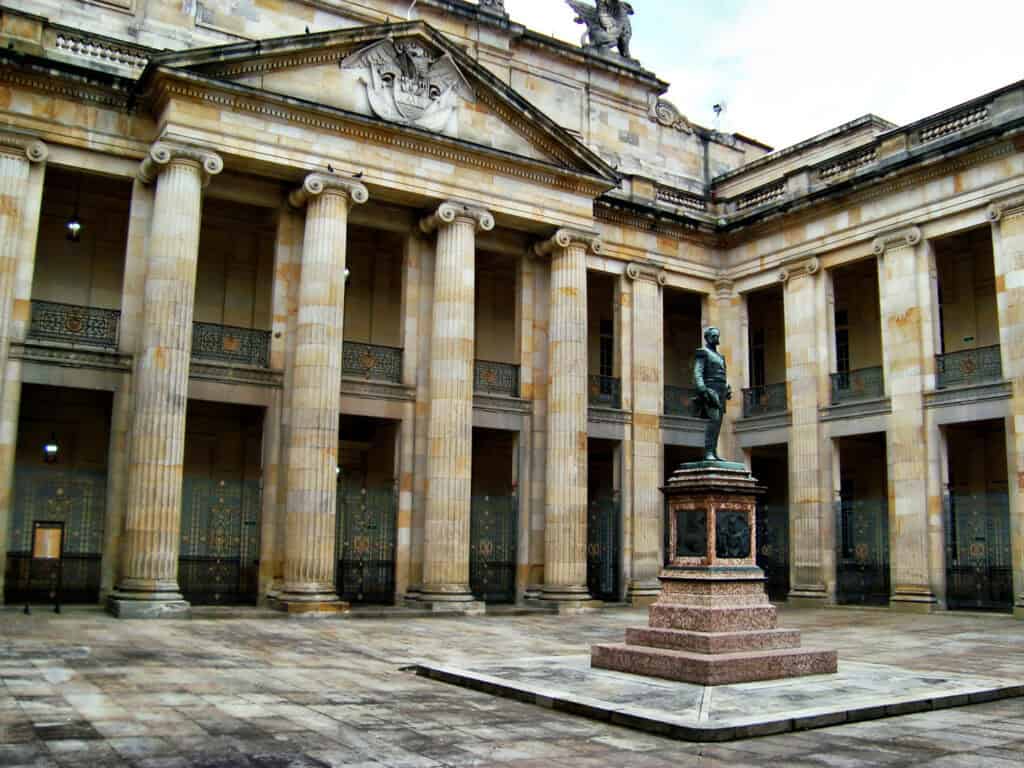
The Capitolio Nacional (National Capitol) is one of the notable examples of Republican architecture in Bogotá, constructed between 1847 and 1926. This neoclassical building, located in the historic district of La Candelaria, houses the Congress of Colombia.
Adorned with sculptures on its facade depicting Colombia’s history, the National Capitol is recognized as one of the most important architectural projects in Colombia and is a UNESCO World Heritage Site. Its interior features grand halls, offices, and a library, contributing to its cultural and historical significance.
5. Teatro Colón (Colon Theater)
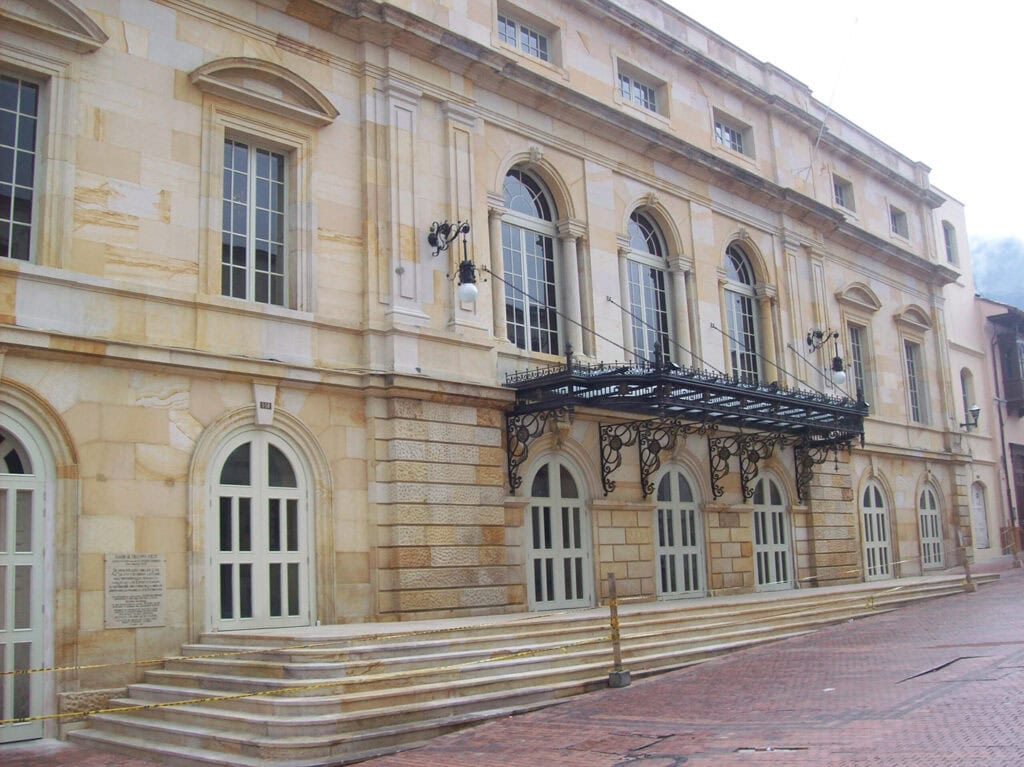
The Teatro Colón is another iconic building from the Republican Era. This concert hall was constructed between 1885 and 1895 and is located in the heart of Bogotá. The Teatro Colón is considered one of the most important cultural landmarks in Colombia and is known for its excellent acoustics. The building’s exterior is adorned with sculptures and other decorative elements that reflect the cultural and artistic heritage of the country.
Religious Architecture
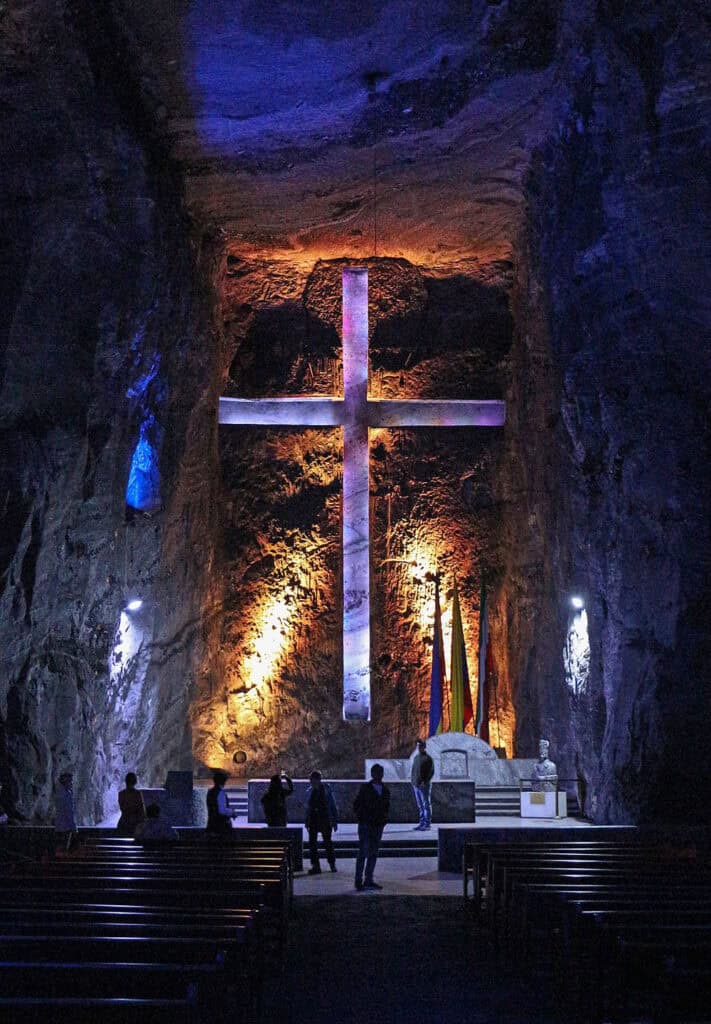
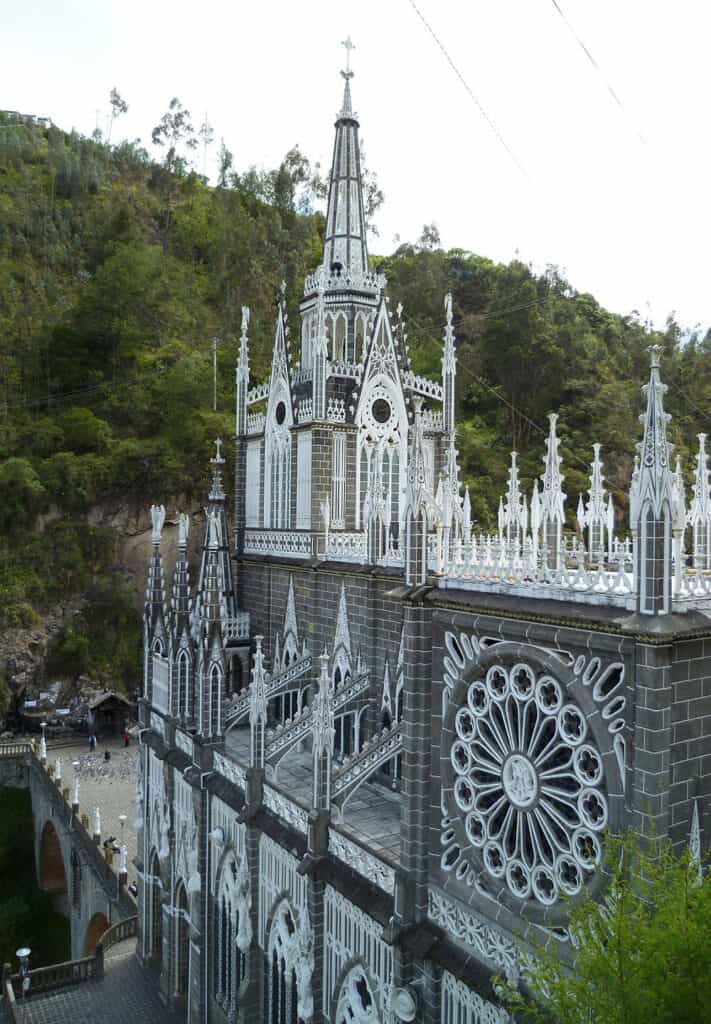
6. Las Lajas Sanctuary (Santuario de Las Lajas)
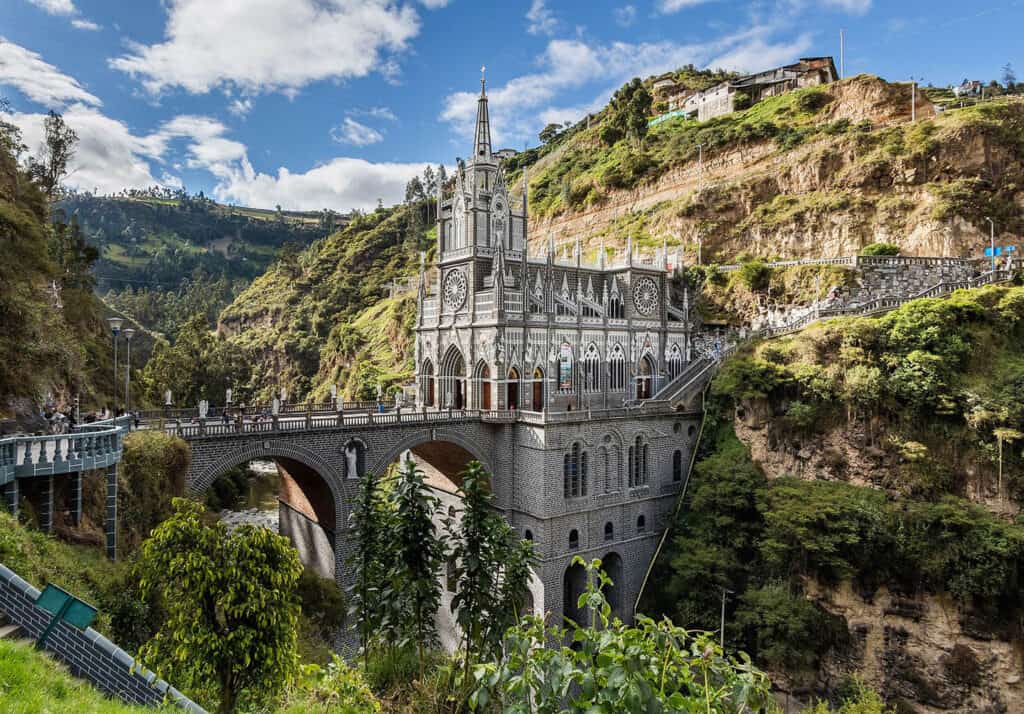
Las Lajas Sanctuary is a famous Colombian architectural landmark located in the southern part of the country, near the Ecuadorian border. This neo-Gothic church is built inside a canyon and spans a river gorge, creating a breathtaking sight. The church is dedicated to the Virgin Mary, and the legend has it that the Virgin Mary appeared to a mother and daughter in the canyon in 1754.
The church’s construction began in 1916 and was completed in 1949. The church’s design is a combination of Gothic and Romanesque styles, and its interior is adorned with sculptures and paintings.
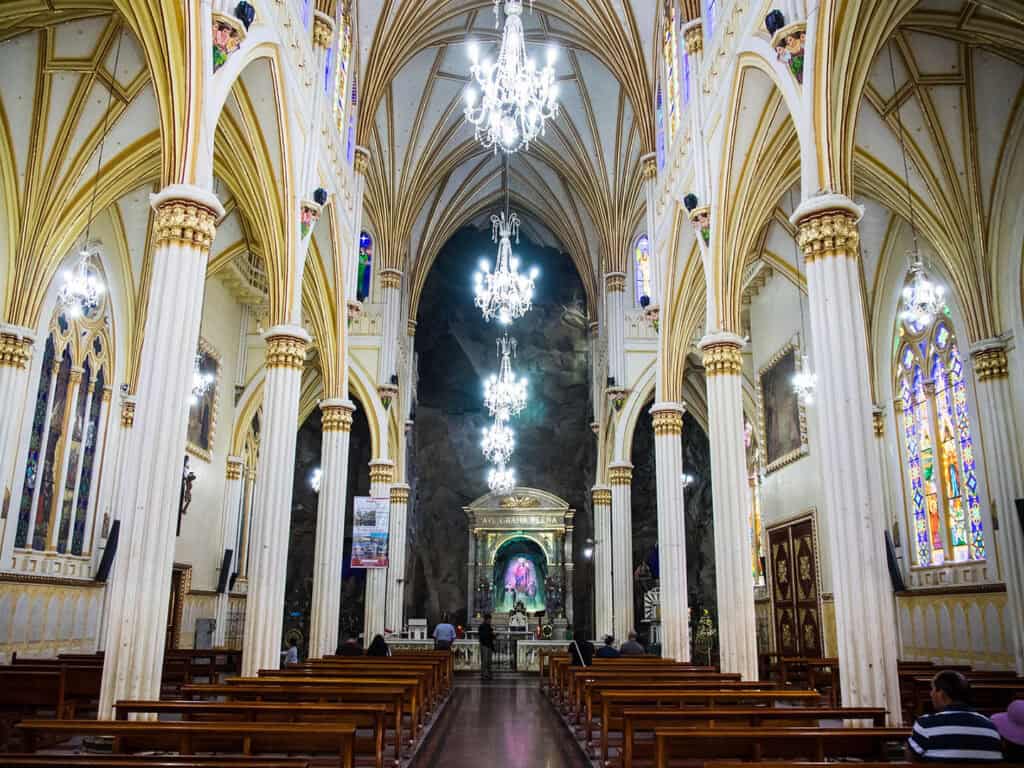
7. Catedral de Sal de Zipaquirá (Salt Cathedral of Zipaquirá)
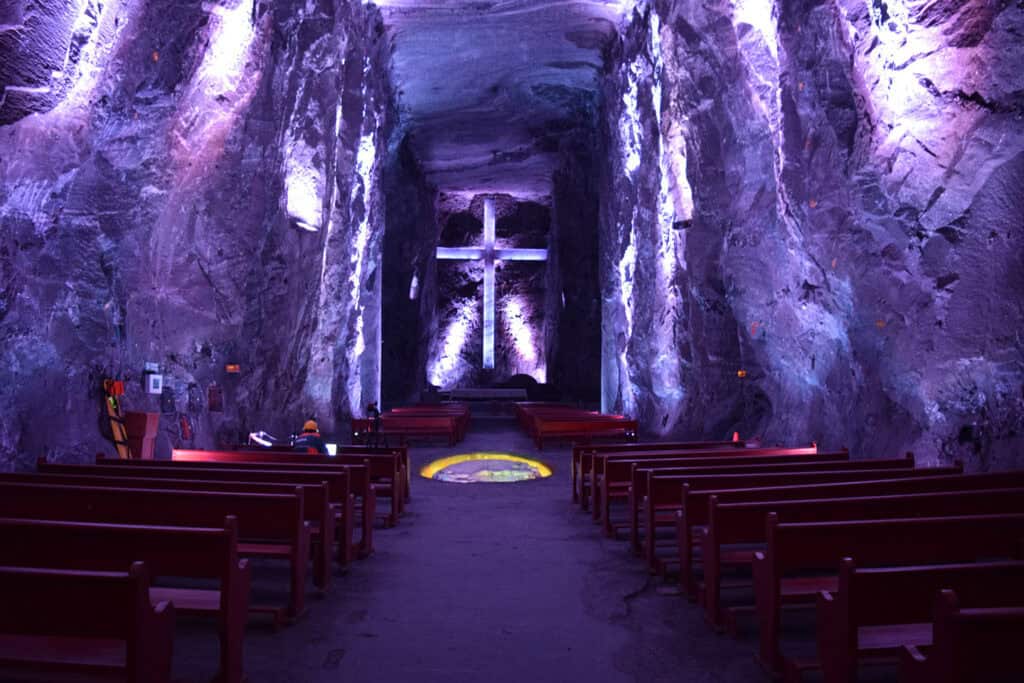
The Salt Cathedral of Zipaquirá, located near the city of Bogotá, is a unique architectural project built inside a salt mine. The cathedral is an underground church that was created by miners in the 1950s, and its construction took place in three stages. The cathedral boasts a combination of different architectural styles, including Gothic, Romanesque, and Baroque.
The cathedral’s interior is illuminated with colorful lights, creating a mystical atmosphere. The cathedral is a significant landmark in Colombia and attracts thousands of visitors every year. In 1995, the cathedral was declared a National Monument and is now a UNESCO World Heritage Site.
Modern Architecture
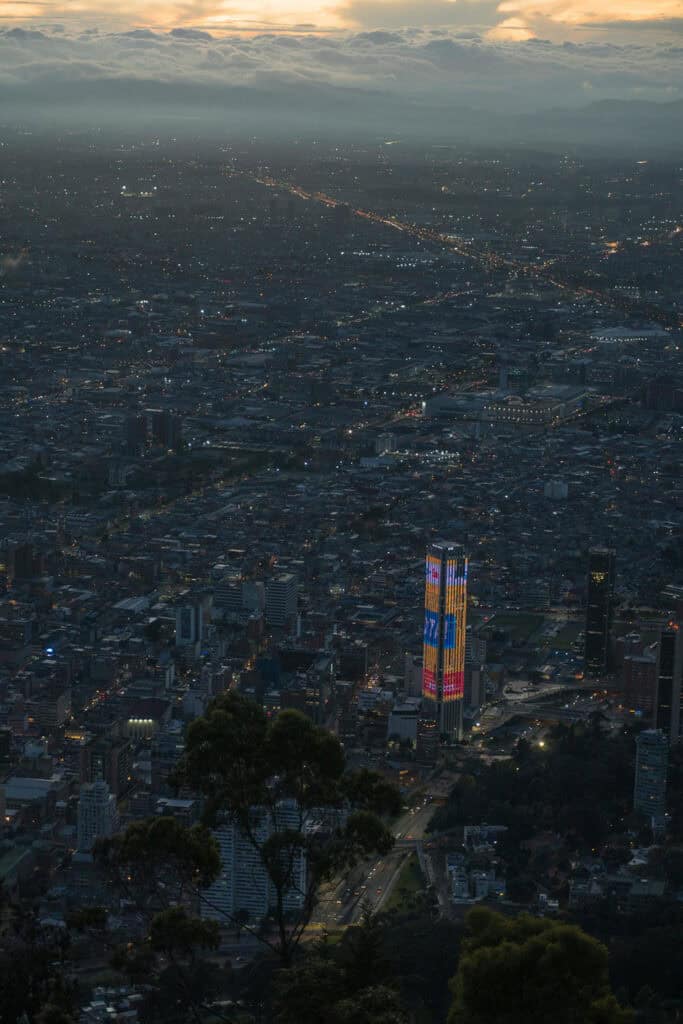
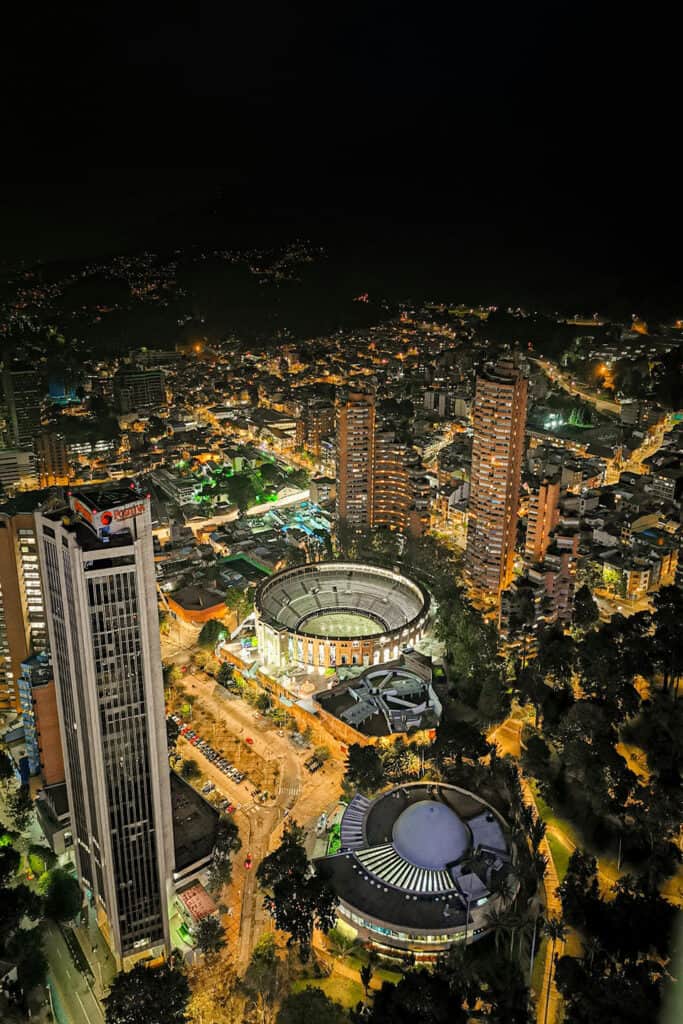
See Also Tallest Buildings in Spain
8. Torre Colpatria
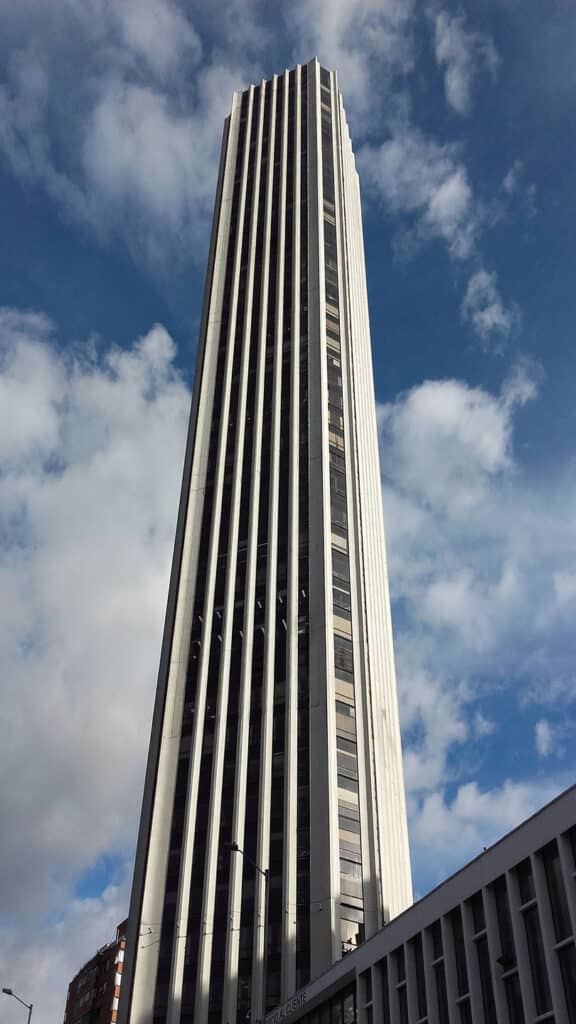
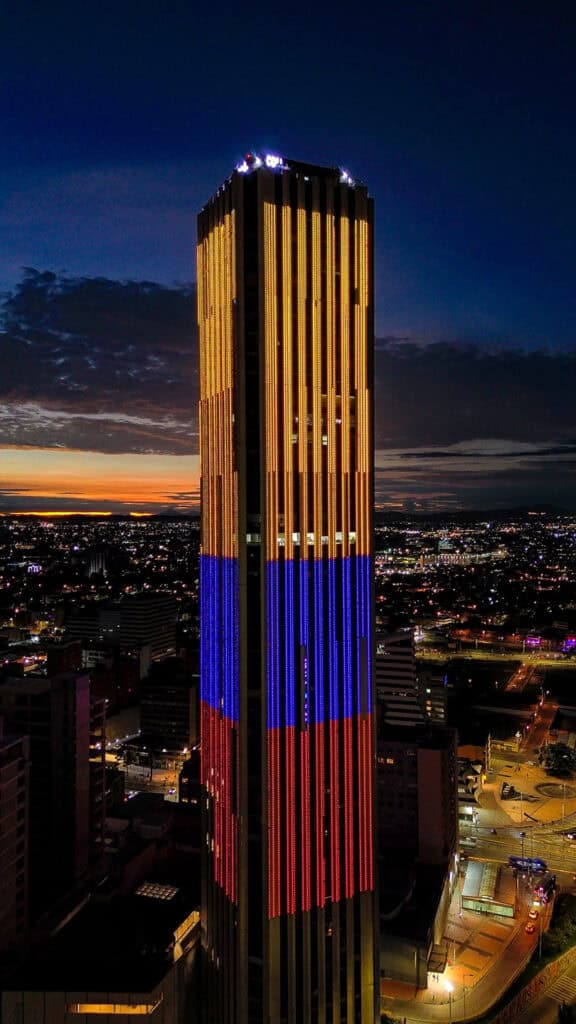
The Torre Colpatria is one of the most iconic modern buildings in Colombia. Located in the heart of Bogotá, this skyscraper is the tallest in the country, standing at a height of 196 meters. The tower was designed by Obregón, Valenzuela & Cía. and completed in 1979. It offers a panoramic view of the capital city and is a popular tourist attraction.
9. Torres del Parque
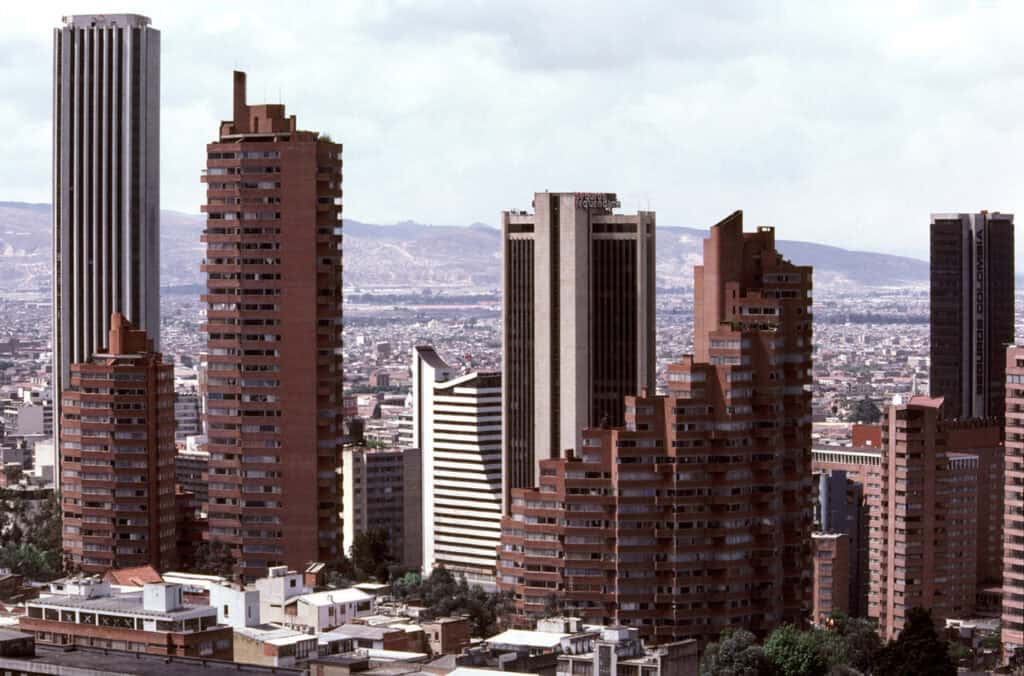
The Torres del Parque is a complex of three residential towers located in Bogotá. Designed by Rogelio Salmona, the towers are known for their unique brickwork and use of natural light. The complex was completed in the 1970s and is considered a masterpiece of Colombian architecture. It is also a UNESCO World Heritage Site.
10. Biblioteca Virgilio Barco (Virgilio Barco Library)
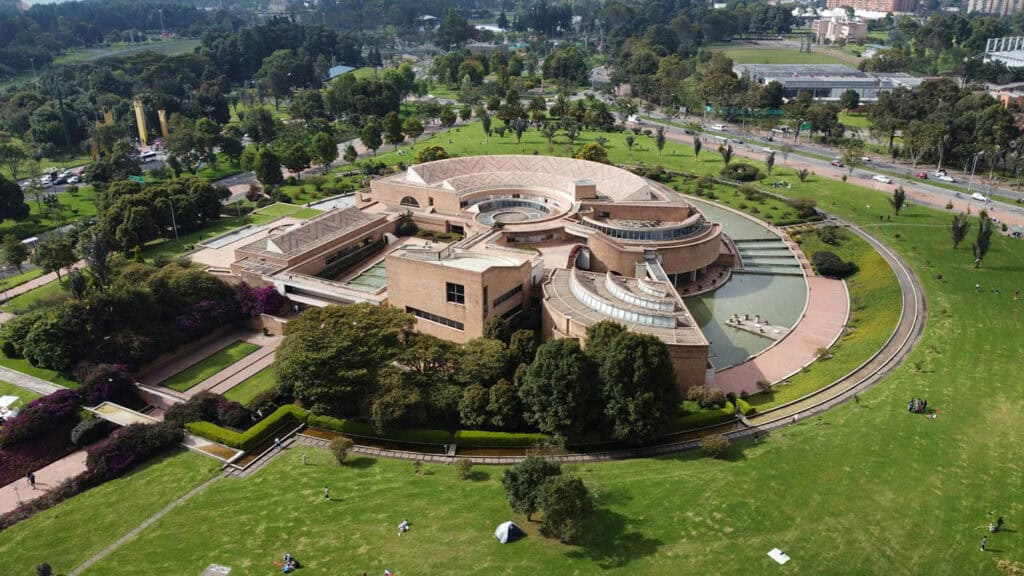
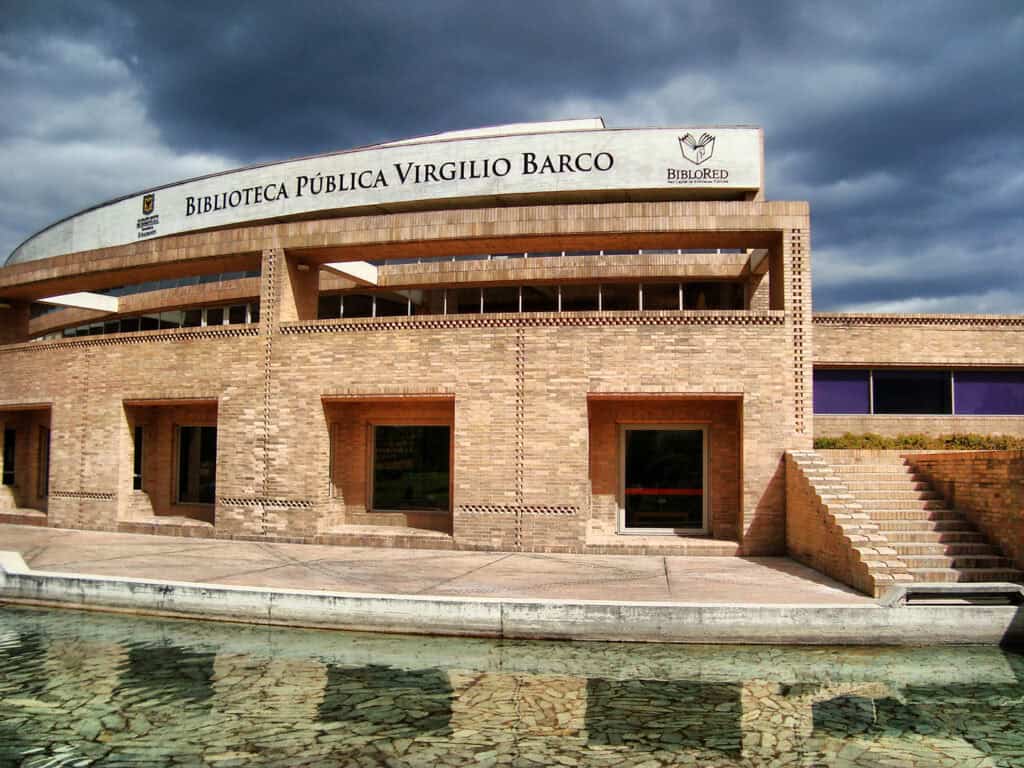
The Biblioteca Virgilio Barco is a modern library located in Bogotá. Designed by architect Rogelio Salmona, the library is known for its striking red color and use of natural light. It was completed in 2001 and is considered one of the most important architectural projects in Colombia. The library is a popular destination for tourists and locals alike.
Contemporary Architecture
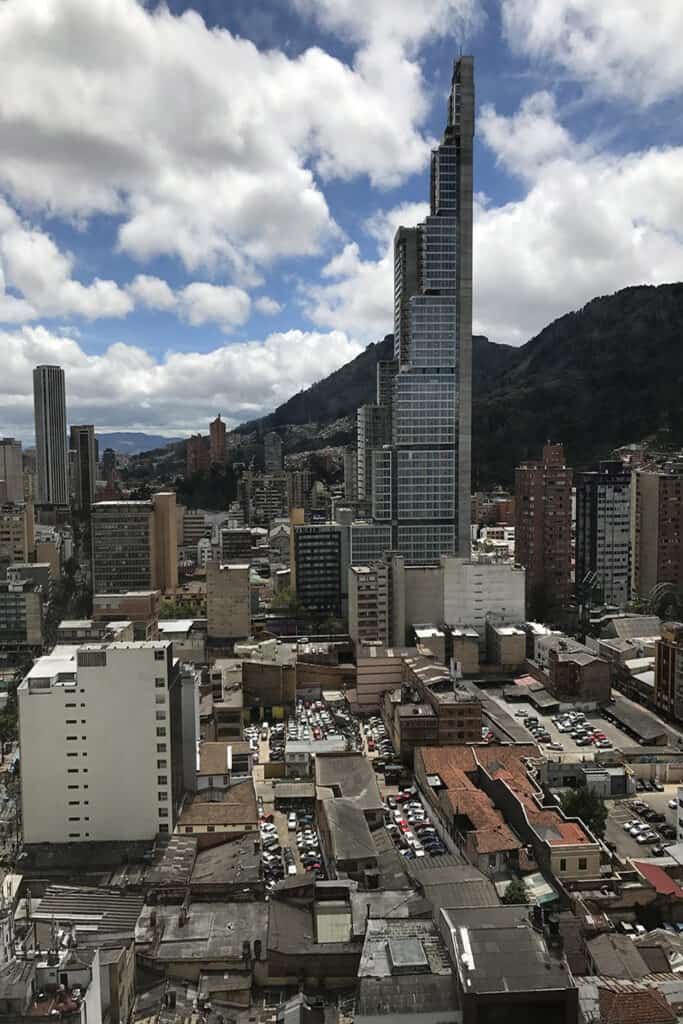

11. Orquideorama

The Orquideorama is one of the most striking examples of contemporary architecture in Colombia, located in the city of Medellín. Designed by Plan B Architects, this botanical garden houses a collection of orchids. Orquideorama is a series of interconnected wooden structures that mimic the shape of a flower. The building’s unique design creates a dynamic space that is both functional and visually stunning.
12. BD Bacatá Tower
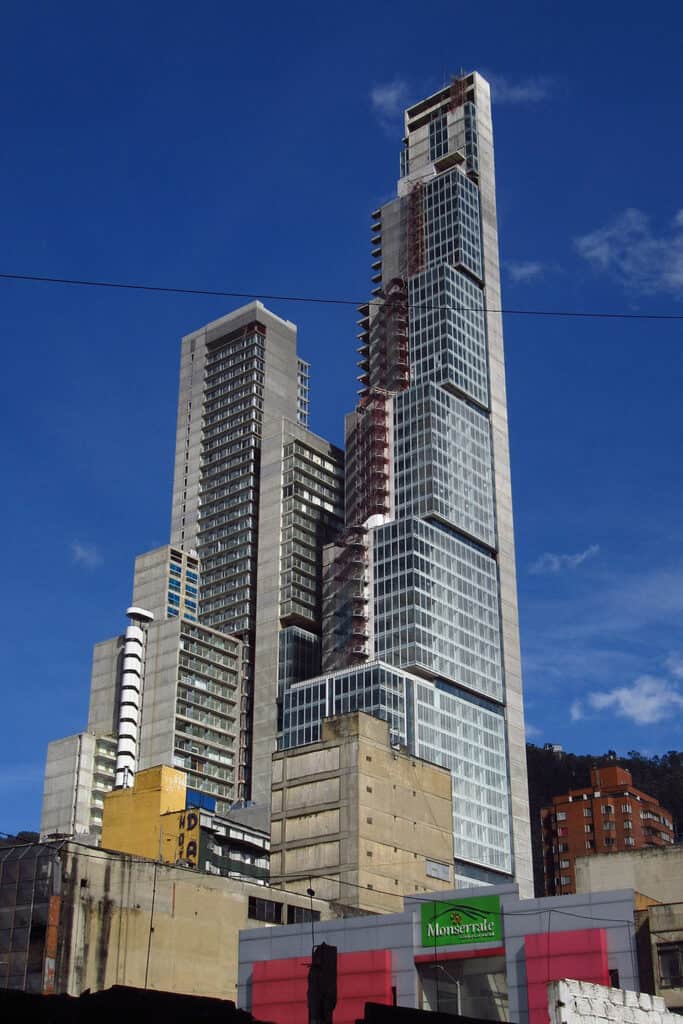
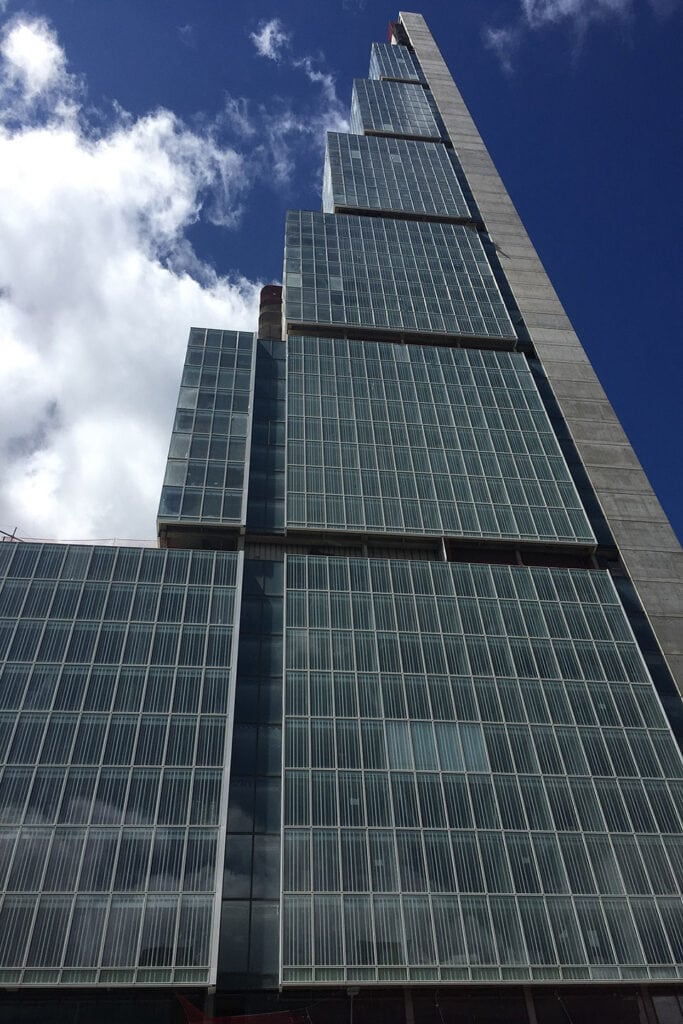
The BD Bacatá Tower is another example of contemporary architecture in Colombia. Located in Bogotá, the tower is the tallest building in the country and one of the tallest in South America. Designed by the architectural firm Grupo Alonso Balaguer, its modern and innovative design features a striking glass facade that distinguishes it within Bogotá’s urban landscape. The BD Bacatá Tower is a mixed-use building that houses apartments, offices, and a hotel.
Unique and Iconic Structures

13. Casa Terracota
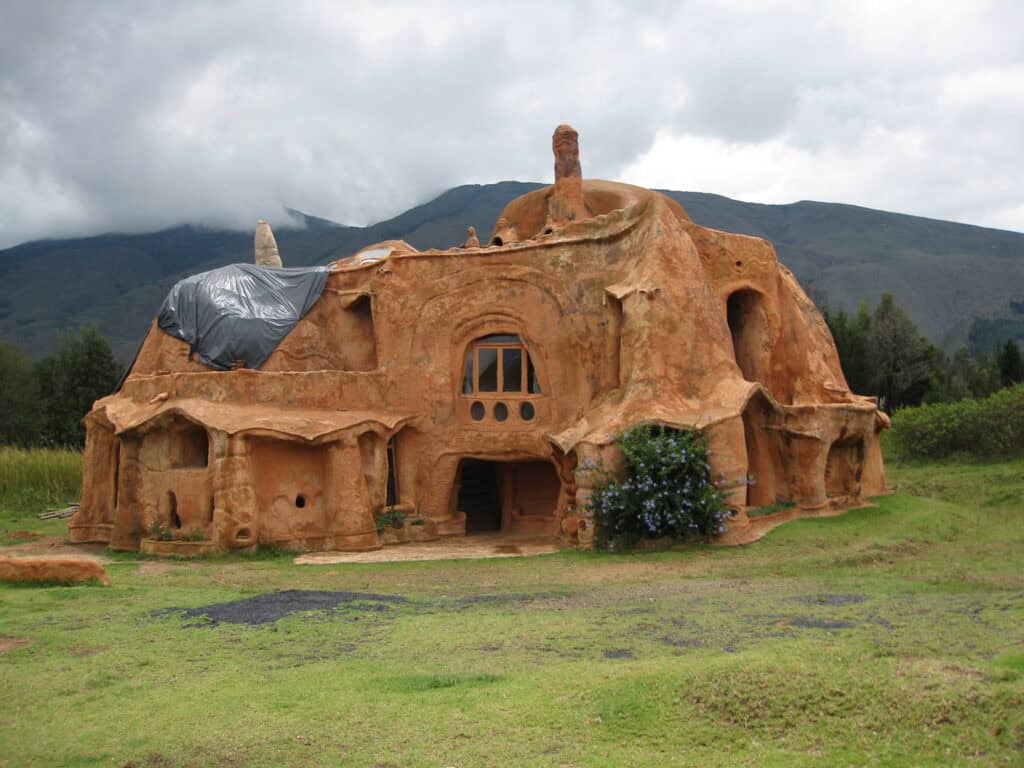
Casa Terracota, located in Villa de Leyva, is a unique example of modern architecture in Colombia. The building, created by architect Octavio Mendoza, is entirely made of clay and features an intricate facade with sculptures and reliefs.
The interior is just as impressive, with rooms that follow an organic flow and are filled with natural light. Casa Terracota is a must-visit for those interested in contemporary architecture and is evidence of Colombia’s growing interest in sustainable building practices.
14. Edificio Coltejer
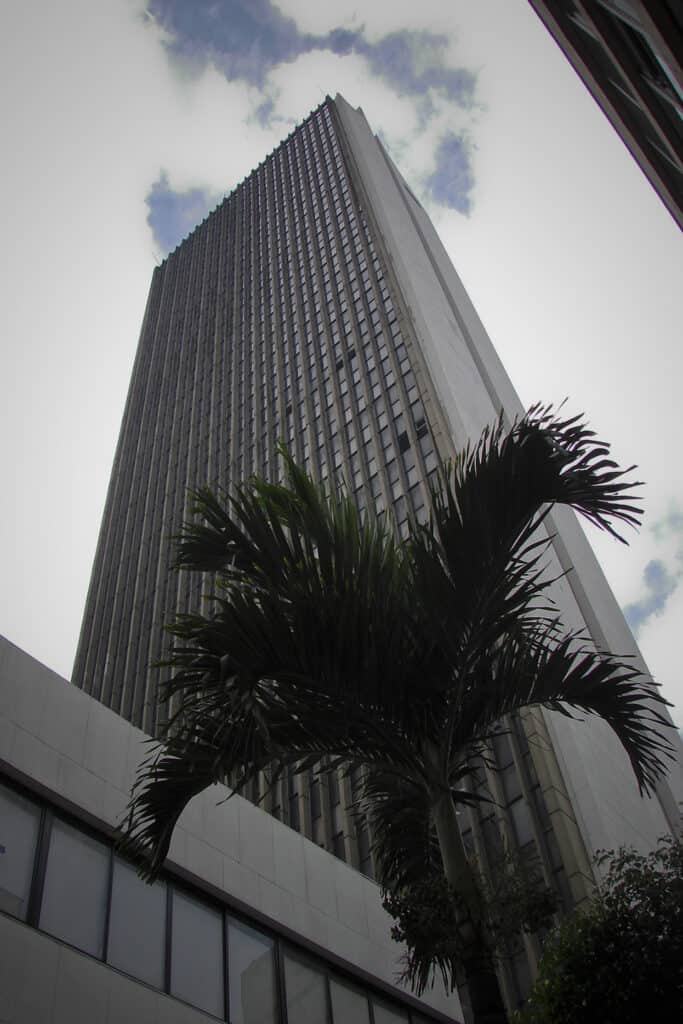
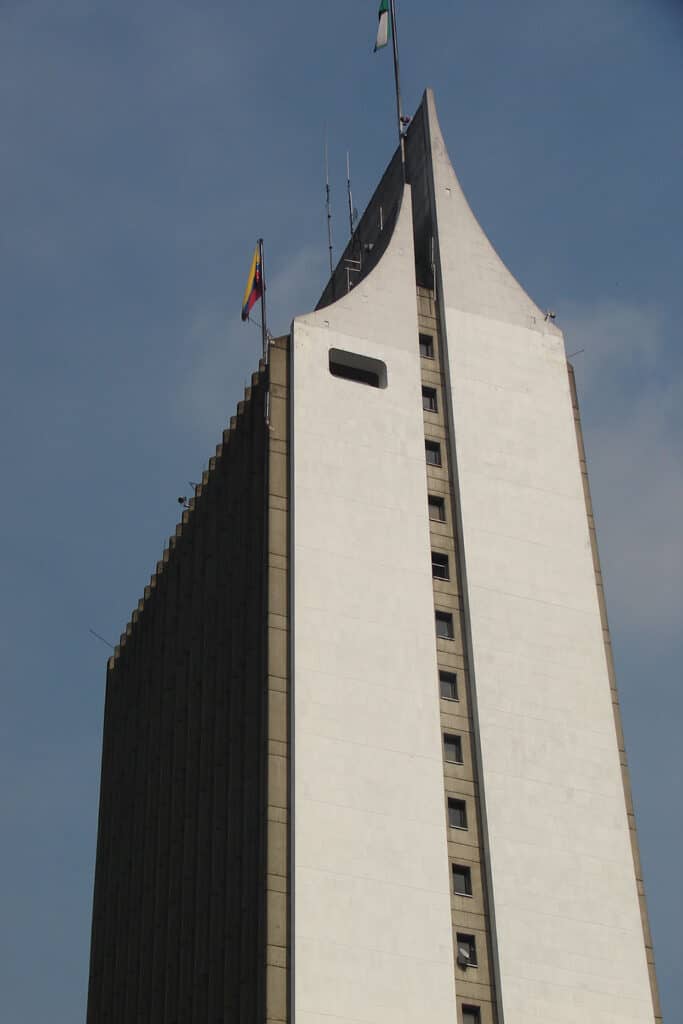
Edificio Coltejer, a modernist landmark in Medellín, was designed by architects Raúl Fajardo, Aníbal Saldarriaga, Germán Samper, and Jorge Manjarres and completed in the 1970s. Standing at 175 meters with 36 floors, its unique shape resembles a sewing needle, symbolizing the Coltejer textile company. Primarily housing offices, the building is a significant commercial hub. Its distinctive design marks Medellín’s industrial and economic growth, highlighting architectural innovation and economic ambition in Colombia during the 20th century.
See Also Famous Colombian Painters
Stepping into a journey through Colombia’s architectural landscape unveils its historical richness and contemporary ingenuity. From the ancient marvels of Ciudad Perdida to modern skyscrapers like Torre Colpatria, each structure reflects Colombia’s cultural diversity and architectural evolution. The fusion of pre-Columbian, colonial, republican, and modernist influences creates a vibrant mosaic of styles that captivates the imagination and enriches our understanding of Colombian heritage. Exploring these architectural wonders is not just a visual feast but a profound exploration of the country’s identity, creativity, and enduring spirit of innovation.










